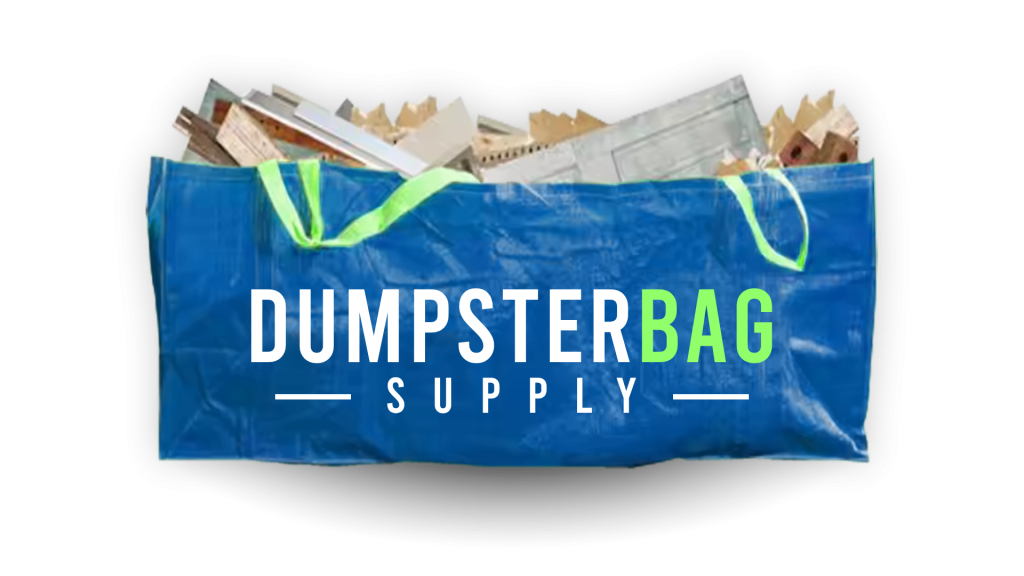Selecting the correct dumpster bag size for your waste disposal projects is essential for efficiency, cost management, and safety. Using a bag that’s too small can lead to multiple trips, increasing labor and transportation costs, while a bag that’s too large might be unnecessary and harder to handle. This guide provides practical tips to help you choose the optimal dumpster bag size for your specific needs.
Why Proper Size Selection Matters
Choosing the right size ensures:
- Cost Efficiency: Minimize trips and transportation costs.
- Operational Efficiency: Reduce the time and effort needed to load and unload.
- Safety: Prevent overfilling that could cause spills or accidents.
- Customer Satisfaction: Deliver timely service with appropriate waste containment.
Common Dumpster Bag Sizes and Their Uses
| Size | Capacity | Ideal For | Key Benefits |
|---|---|---|---|
| 1 Cubic Yard | Small | Small renovation debris, yard waste, garage cleanouts | Lightweight, easy to handle, perfect for tight spaces |
| 2 Cubic Yards | Medium | Moderate DIY projects, small construction debris | Good balance between capacity and portability |
| 3 Cubic Yards | Large | Larger cleanouts, roofing debris, landscaping waste | Widely used for versatility and efficiency |
| 4 Cubic Yards | Extra Large | Heavy debris, large renovation projects | Maximize capacity for bigger jobs, requires proper handling |
Note: DumpsterBagSupply.com offers various sizes with options for custom printing with durable materials.
Tips for Choosing the Right Dumpster Bag Size
1. Assess the Volume of Waste
Estimate the total amount of debris you expect to generate. For example, a small home remodel may produce a few cubic yards, while a major construction project may need larger capacity.
2. Consider the Type of Waste
Heavy materials like concrete or brick require smaller, more durable bags due to weight limits. Lighter waste like yard clippings can be placed in larger bags.
3. Evaluate Accessibility and Space Constraints
If the job site has limited access or tight spaces, smaller bags are easier to handle and position.
4. Think About Transportation and Disposal
Larger bags can hold more waste but might be more challenging to transport or lift. Ensure your team has the proper equipment and experience.
5. Consult with Your Dumpster Bag Supplier
Professional suppliers can assist in selecting the optimal size based on your project type. They can also provide guidance on bag capacity and weight limits.
How to Prevent Overfilling and Underfilling
- Follow Weight Restrictions: Check the maximum weight capacity of your dumpster bags to avoid damage or safety hazards.
- Fill Evenly: Distribute debris evenly to prevent tearing.
- Avoid Overstuffing: Keep the load below the top of the bag to ensure safe lifting and transportation.
Final Thoughts
Choosing the right dumpster bag size is critical to the success of your waste disposal operations. Proper sizing not only saves money but also improves safety and customer satisfaction.
Need help deciding? Contact DumpsterBagSupply.com for expert advice and a wide selection of sizes designed to meet your specific project requirements.

